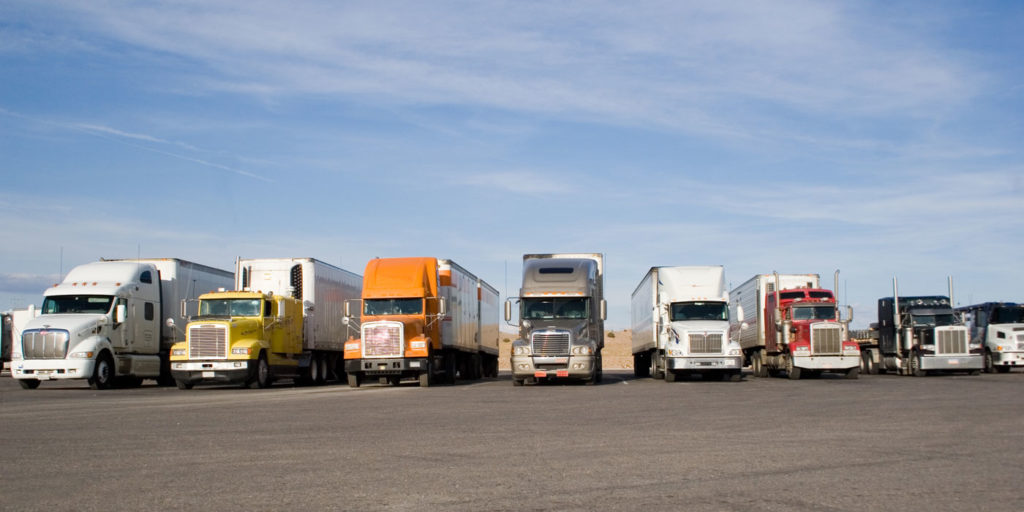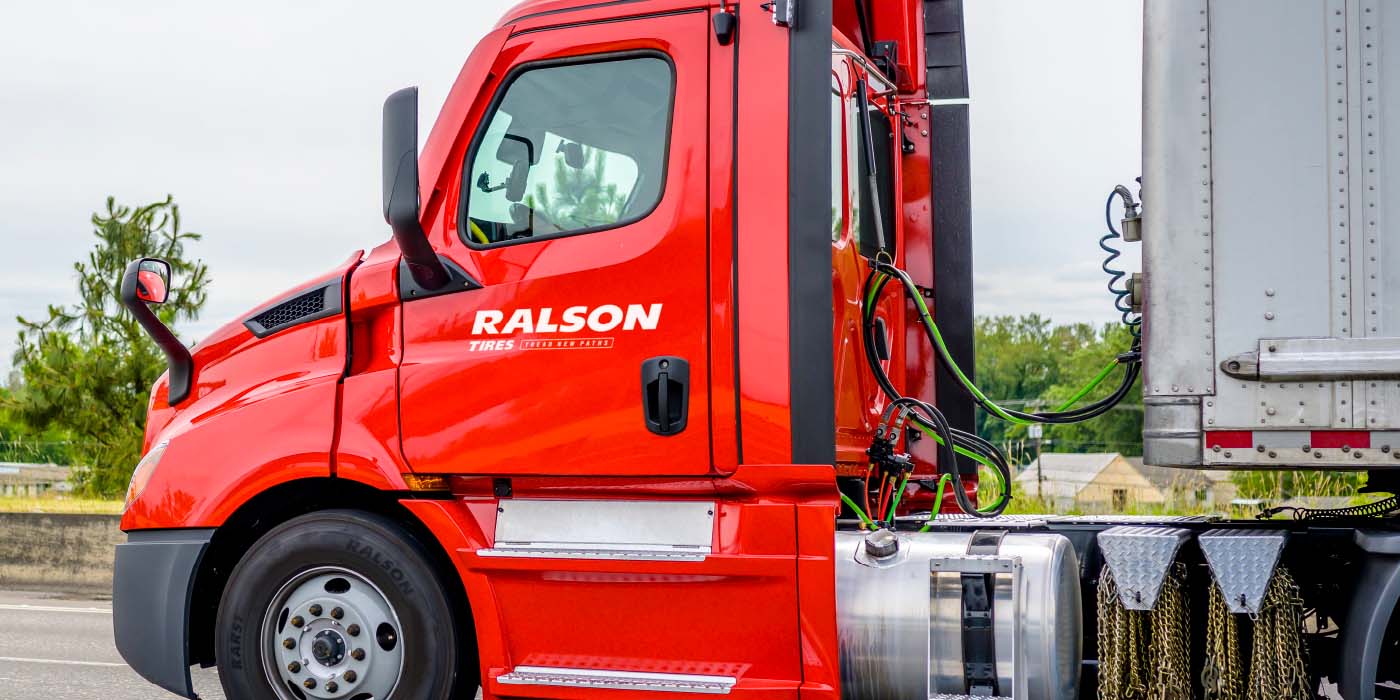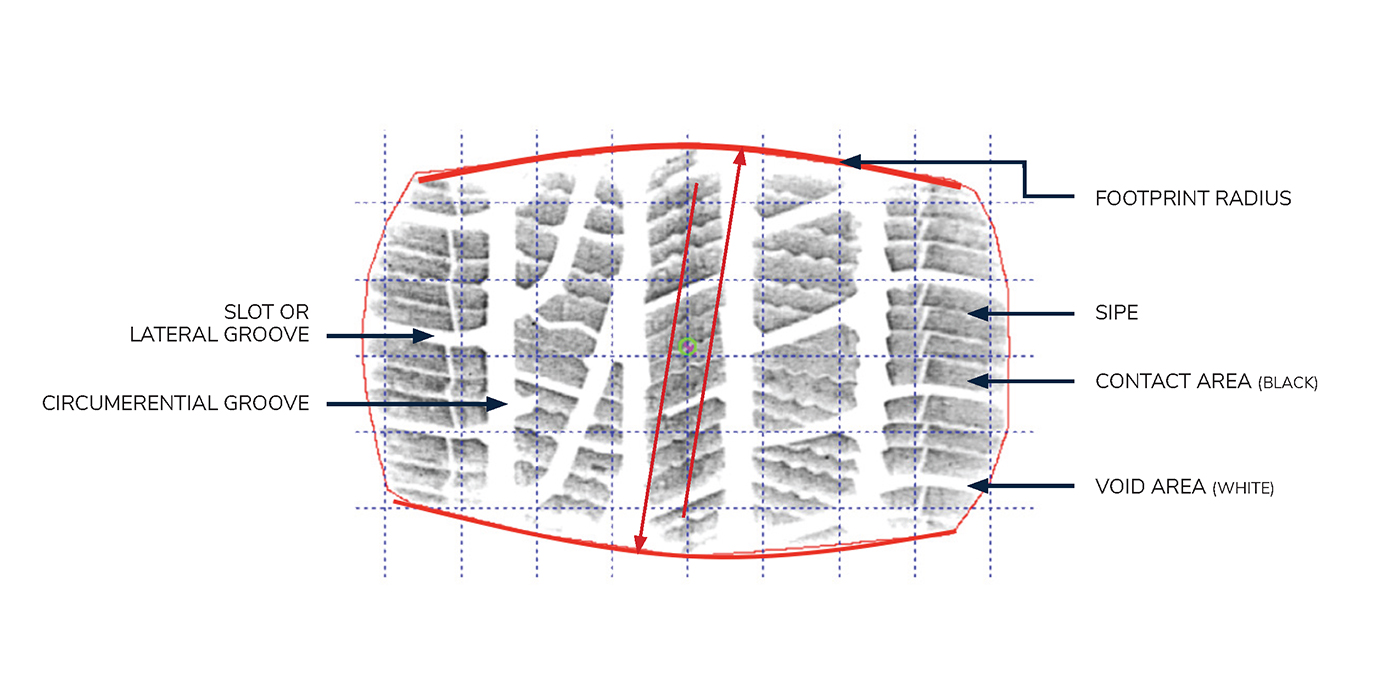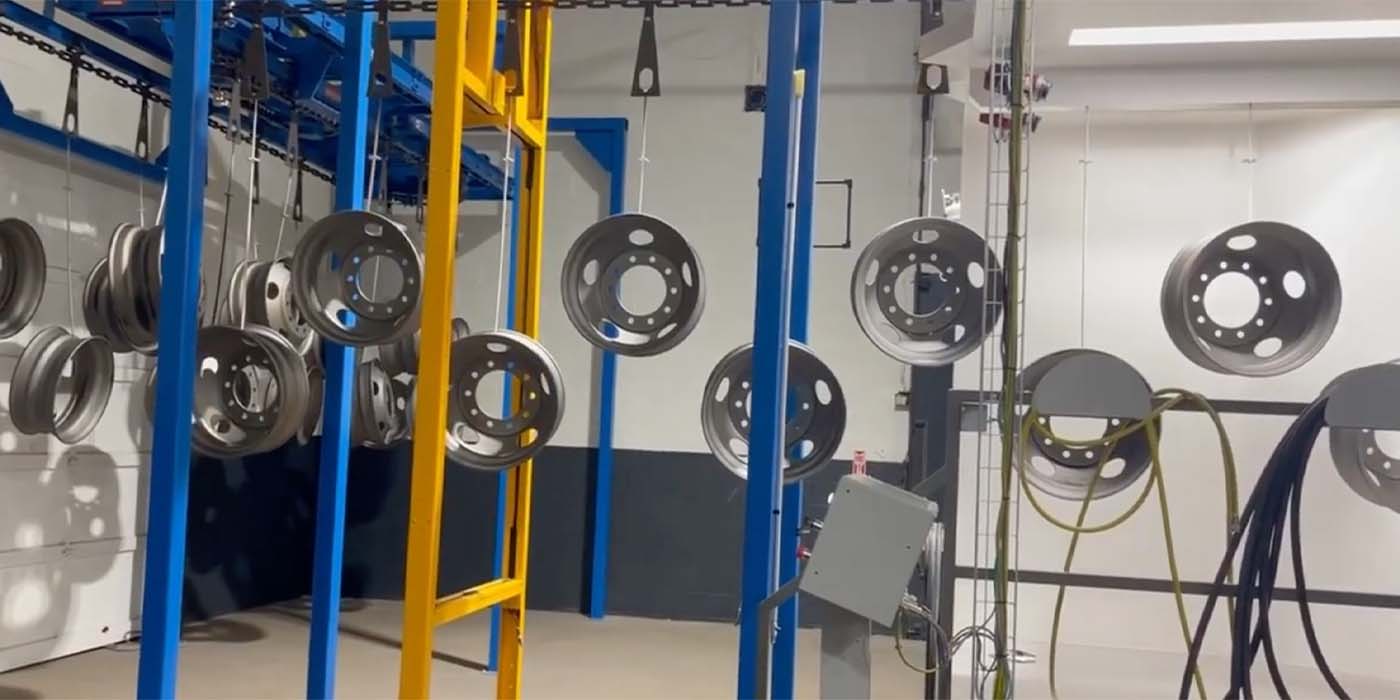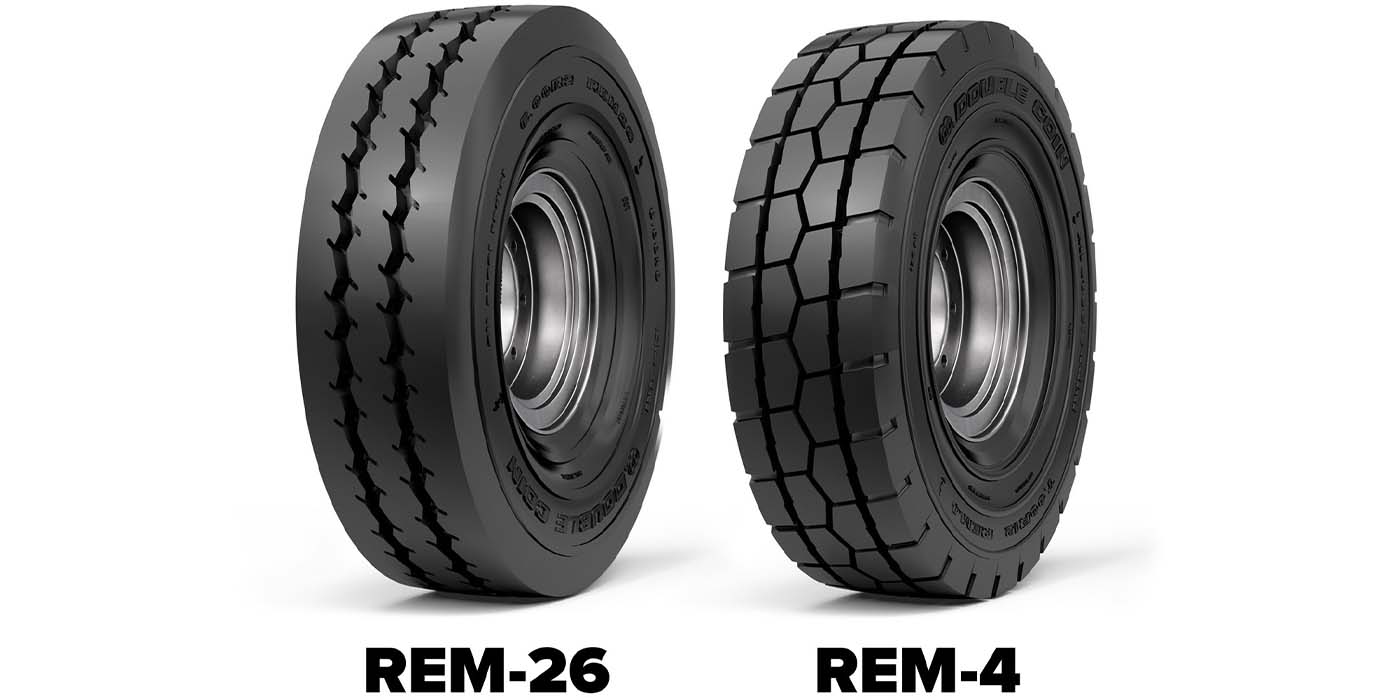While COVID-19 caused a months-long shutdown for much of the world, commercial trucking fleets have taken to the streets all along, keeping homes and businesses stocked and serviced. In the early days of the pandemic when finding toilet paper on store shelves was a rarity, heavy-duty trucks were tasked with making that next delivery.
As these commercial trucks continue to keep the world moving, so too do commercial tire manufacturers, who play a key role in keeping these vehicles rolling. But, according to Gary Schroeder, executive director of Cooper Tire’s global truck and bus tire business, even with trucks’ vital role, commercial truck suppliers like Cooper still felt the pains of an economy in decline.
“Even while stay-at-home orders were impacting many sectors, commercial tire manufacturers were there for essential businesses, including food and pharmaceutical companies, keeping their trucks rolling,” Schroeder says. “But, while demand for tires surged in those segments, it all but evaporated in other segments like the auto industry. Oil and gas exploration and construction sectors shut down.”
He says while this meant Cooper had prepared itself with the inventory to meet customer demand, that demand wasn’t always there.
“For several months, overall miles were way down for those operating trucks, which meant industry demand for commercial tires followed,” Schroeder says.
While that had a noticeable impact on the replacement side, Schroeder adds, original equipment was more significantly impacted.
“Truck and trailer orders hit record lows for the industry,” he says. “Truck and trailer original equipment manufacturers shut down plants, and truck fleets were hesitant to commit to big capital expenditures—an understandable reaction in a time of uncertainty.”
Dave Johnston, senior manager of commercial products and business development for Toyo Tire U.S.A. Corp., says his company was able to keep truck tire manufacturing in full production throughout the pandemic, while some of the company’s passenger and light truck tire factories experienced short shutdowns.
“Toyo Tires has been fortunate to have been able to keep our truck tire manufacturing facility fully operational, with increased measures taken to ensure the health and safety of our team,” he says. “This has kept supply chains intact and meeting the demands of the market. Toyo Tires took a proactive approach with commercial tires to ensure there would be no disruption to the U.S. market. Some of our passenger and light truck factories had short shutdowns, mainly as a result of government mandates, but the impact was minimal.”
The Pandemic’s Effect on Retreading
Pre-pandemic, the retread industry was looking to have a fruitful 2020, says David Stevens, managing director for the Tire Retread & Repair Information Bureau (TRIB).
“With tariffs and anti-dumping duties in place on most truck and bus tires imported into the U.S. from China, the retread industry grew slightly in 2019. The industry was well-positioned to continue that growth in 2020 as retreaders continued to demonstrate tremendous value for their customers,” Stevens says. “Then, COVID-19 hit and, along with everyone else, the retread industry had to adjust to a new reality.
“In speaking with our retread members, it’s challenging to come up with a one-size-fits-all determination of how the industry is doing as so many of the impacts of the virus are felt region-by-region and customer-by-customer. Having said that, it looks like the commercial truck tire retread industry is down between 5-10% year-to-date compared to this point in 2019,” he adds.
In some ways, he says, retreaders have a leg up on many other industries navigating today’s business environment. For example, the various phases of the retreading process and the way retread plants are configured often create enough space for workers to do their jobs safely. Also, many retreaders have a diverse group of customers; while busing fleets have been hit hard by COVID-19, the waste industry continues to grow, Stevens explains.
What to Expect for the Remainder of 2020
Both Schroeder and Johnston say their respective companies are optimistic about commercial tire development through the end of the year.
“[In July], we appear to be coming into an economic recovery that may brighten prospects for the commercial tire industry.
In addition, there are discussions underway regarding potential government incentives,” Cooper’s Schroeder says. “Time will tell if federal changes will happen in 2020, but, if they do, it will certainly help all those in the trucking industry. For Cooper, from a tire production standpoint, we have the inventory to meet the needs of our dealers, fleets and original equipment manufacturer partners, and we have reasons to be optimistic about the future.”
Both of these companies—as well as several other commercial tire manufacturers in the marketplace—have even released a range of new commercial tires for both heavy- and medium-duty applications during the pandemic. In the past two months, Cooper Tire has added a winter drive tire as well as sizes for vans and delivery trucks to its Roadmaster line. Toyo Tires has also made significant contributions to its NanoEnergy line of tires, commercial tires that the company touts provide fuel efficiency, excellent wear life and increased stability.
“Toyo Tires has continued to bring new commercial tires to the market including four NanoEnergy tires,” Toyo’s Johnston says. “The Super Regional M171 steer tire and M671 drive tire have both launched during the last few months, along with improvements to our M175 and M675 super single tires.
“Toyo Tires continues to be committed to the North American commercial tire market. Production of our commercial tires will continue to grow as we meet the demand of our customers,” Johnston adds. “We expect the commercial tire market to continue to slowly grow back toward pre-pandemic levels throughout 2020.”
Stevens says TRIB’s members are generally cautiously optimistic about the remainder of 2020, although there’s a belief retreaders won’t be able to make up all the lost ground by year-end.
“With any major change, there are opportunities to look at your business with fresh eyes, and retreaders have always been efficient in managing costs and are constantly fine-tuning their manufacturing process to deliver speed without sacrificing quality,” he says.

